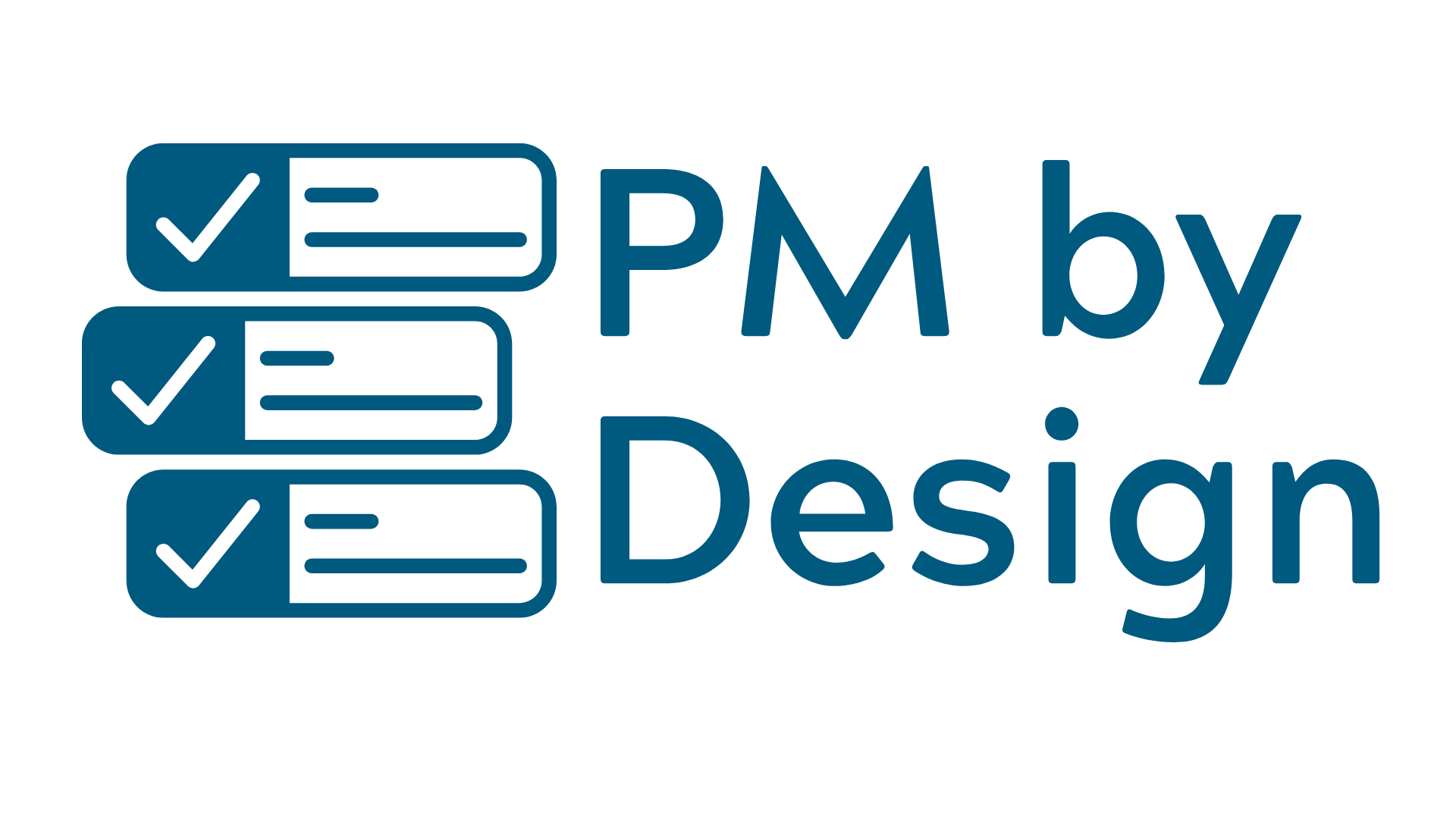What is a Team Charter?
A team charter is a foundational document that outlines a team’s purpose, goals, roles, and responsibilities. It serves as a roadmap to guide collaboration, decision-making, and accountability within a project. In higher education project management, team charters help ensure alignment among diverse stakeholders, set clear expectations, and establish a shared vision from the outset.
A well-crafted team charter typically includes:
- The team’s mission and objectives
- Key deliverables and success metrics
- Roles and responsibilities of team members
- Communication and decision-making protocols
- Conflict resolution strategies
By documenting these elements early, teams can prevent misunderstandings, reduce inefficiencies, and create a structured approach to project execution.
What are the benefits of using a Team Charter?
Using a team charter in higher education project management offers several advantages:
- Clarifies Roles and Responsibilities: Clearly defining team member roles prevents duplication of efforts and ensures accountability.
- Enhances Communication: Establishing communication norms improves transparency and reduces misalignment.
- Promotes Efficiency: A well-structured charter streamlines workflows and decision-making processes.
- Strengthens Collaboration: Encouraging team members to contribute to the charter fosters a sense of ownership and teamwork.
- Prevents Scope Creep: By setting project boundaries early, a team charter helps maintain focus on the intended outcomes.
A team charter is a simple yet powerful tool that fosters alignment, efficiency, and accountability in higher education projects.
Where might you see a Team Charter in higher education?
Team charters can be valuable across various initiatives in higher education, including:
- Academic program development, where faculty and administrators collaborate on new course offerings or degree programs.
- Event planning, such as organizing student orientation, conferences, or campus-wide initiatives.
- Strategic planning committees, where cross-functional teams work on long-term institutional goals.
- Technology implementations, ensuring IT teams and end-users align on system upgrades or new platform rollouts.
- Research collaborations, helping multi-institutional or interdisciplinary teams set expectations and distribute responsibilities effectively.
By creating and using a team charter, teams can set themselves up for success from the very beginning.
A step-by-step guide to creating a Team Charter
- Clearly articulate the team’s mission, project goals, and expected outcomes.
- List all team members and their roles to ensure clarity in responsibilities.
- Outline what success looks like and the key deliverables that the team will produce.
- Determine how often the team will meet, preferred communication channels, and reporting structures.
- Clarify how decisions will be made, who has final authority, and how conflicts will be resolved.
- Store the charter in a shared location where all team members can access and refer to it.
- Periodically revisit the charter to ensure it remains relevant and up to date.
Reflective Questions
- Have you ever used a team charter in a project? What impact did it have on team collaboration?
- How might a team charter improve communication in your current or upcoming projects?
- What challenges do you foresee in implementing a team charter with your team?
- How could clearly defined roles in a team charter help prevent scope creep?
- What elements of a team charter would be most valuable for your institution’s project teams?
